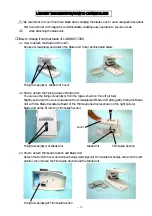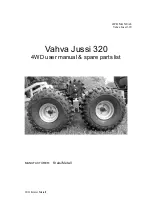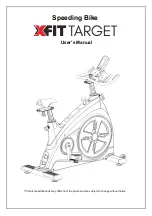
1. About Analog Sequencers
Most people think of an analog sequencer as basically a device which can "play" a series of pre-determined notes on a
synthesizer automatically. This is the most common usage to which a sequencer is put to.
But in fact, the
SQ-10 Analog Sequencer
is capable of much more than simply establishing sequences of pitch levels.
It should be remembered that the monophonic synthesizer is a device which uses voltage control to vary the three
elements of musical sound: pitch, tone color (timbre) and volume. The practical advantage of the SQ-10 is that it will
simultaneously generate three different voltages at each step in a pre-established sequence. By utilising the SQ-10 with
an "interfaceable" synthesizer (such as the
Korg MS-10 or MS-20
), the user can vary not only pitch levels, but the
entire composite synthesized sound by presetting the instrument's pitch, tone color and volume at each step. This opens
up a considerably larger number of practical applications, particularly for live performance situations.
In addition, the Korg SQ-10 Sequencer has the unique ability to vary its own "rhythm" by patching a sequence of
voltages into its own internal voltage controlled clock. This feature enhances even further its performance
capabilities.
2. Features of the Korg SQ-10 Analog Sequencer
•
Capable of studio grade performance, with 12-step, 3-channel, 6-mode sequences. Maximum sequence is 24-steps.
•
Built-in Voltage Controlled Clock Generator allows continuously variable step spacing control by means of
frequency modulation.
•
Each step has an independent Trigger Out jack. You can have a sequence of as many steps as you want. Or, use a
number of synthesizers to create complex rhythms.
•
Built-in Portamento function allows control of output voltage change rate for both Channel-A and Channel-B.
•
Continuously variable relative duty system controls output periods within step time spacing for both Channel-C and
Sequence Trigger.
•
Built-in analog mixer makes possible additive mixing of output voltages from each channel and series connection
of a number of sequencers.
4
Содержание SQ-10
Страница 1: ...USER S MANUAL...
Страница 2: ...2...
Страница 11: ...6 3 Blank patch chart 11...
Страница 12: ...7 SQ 101 Fold Out 12...






























